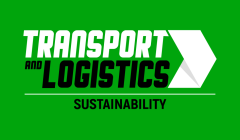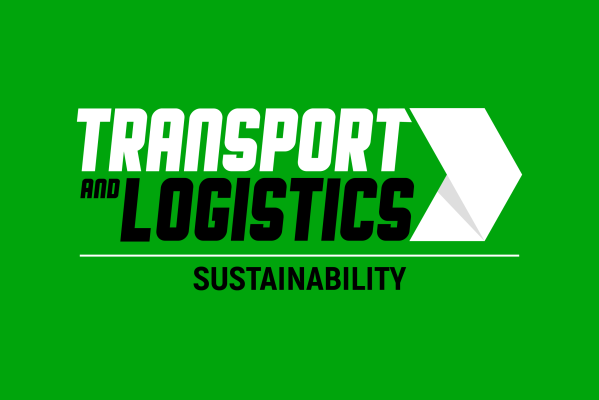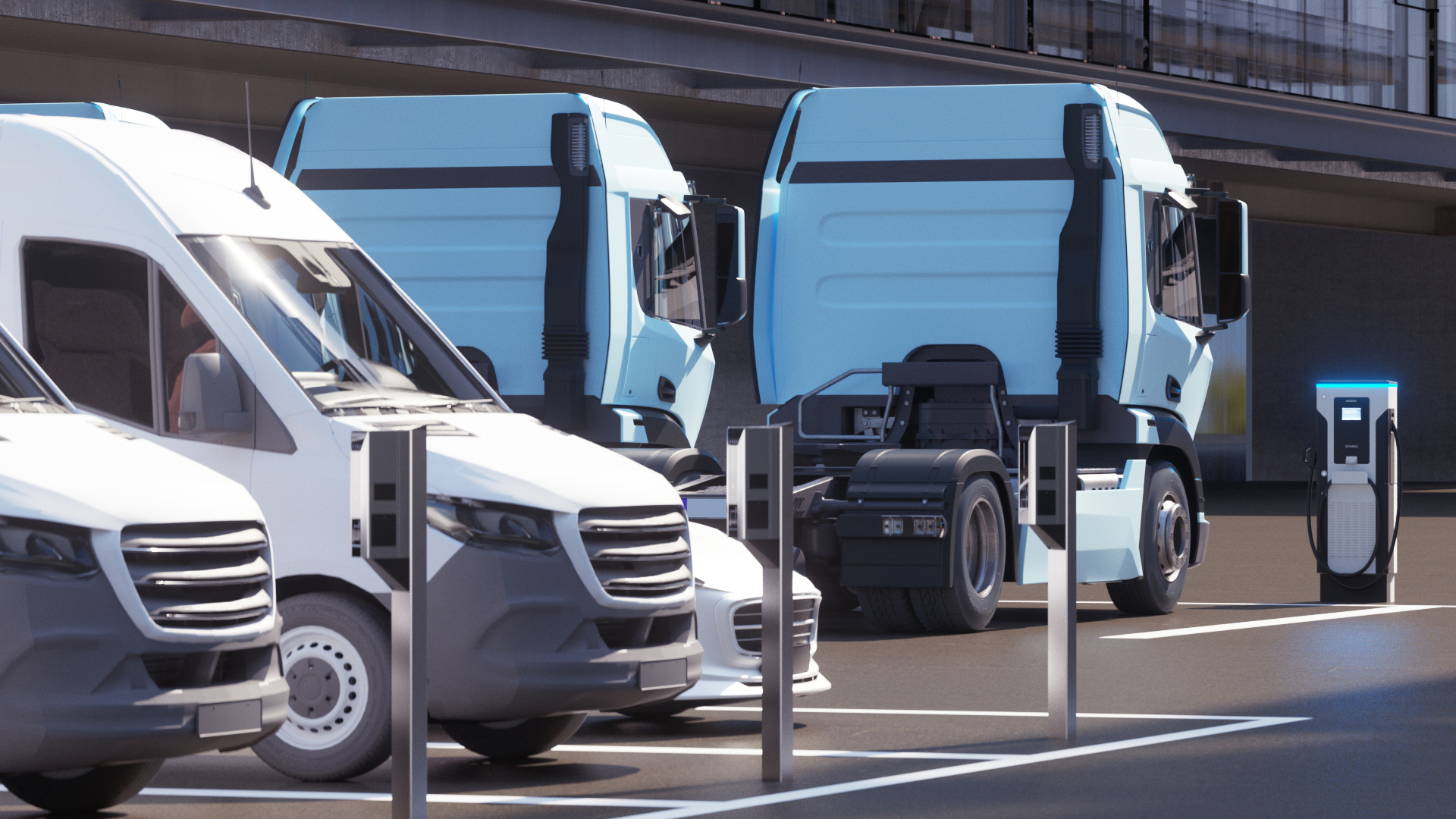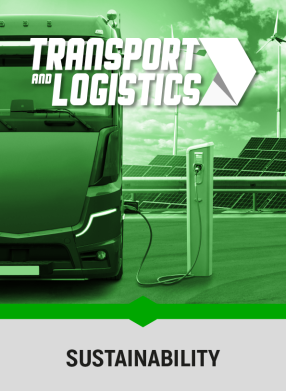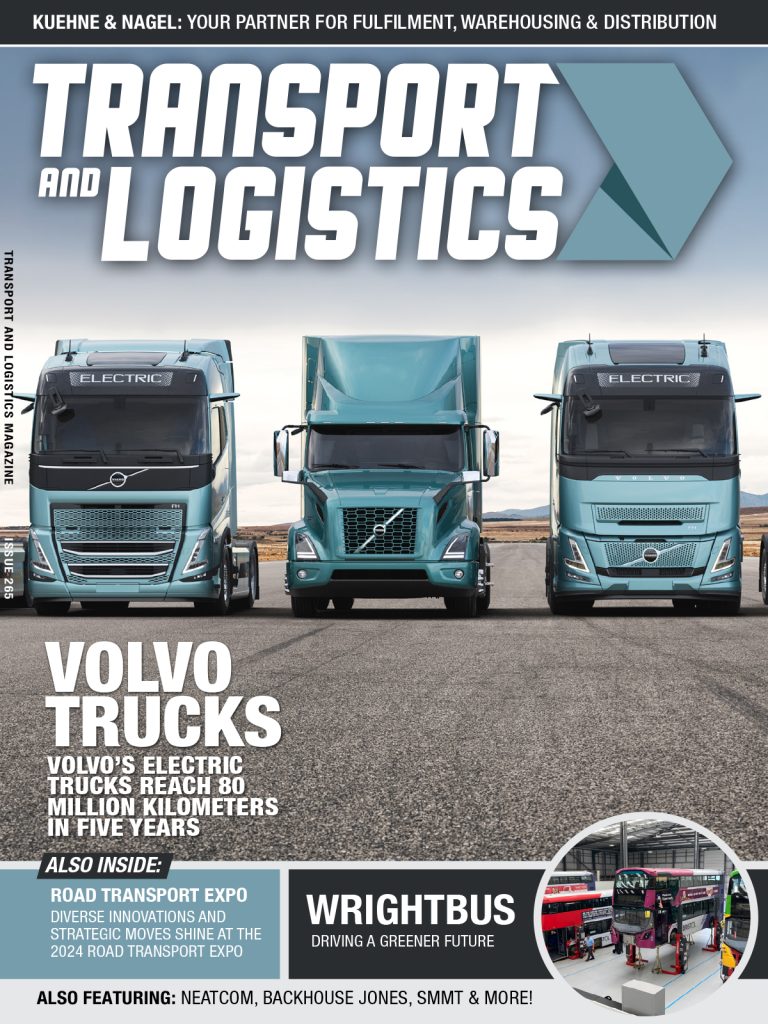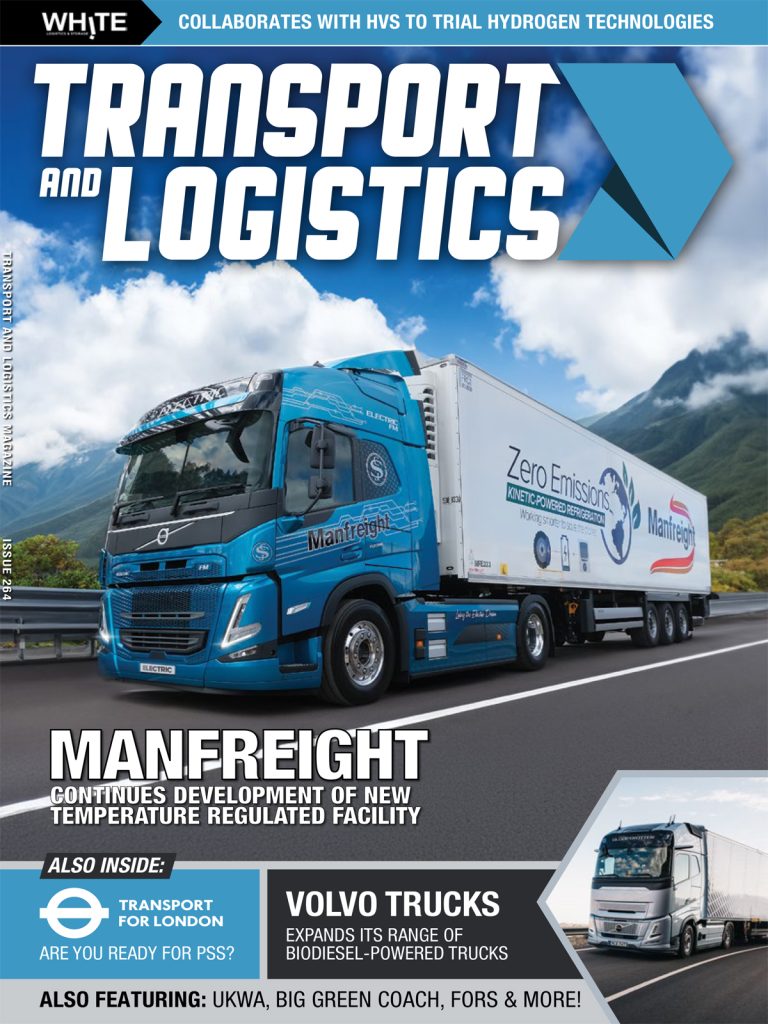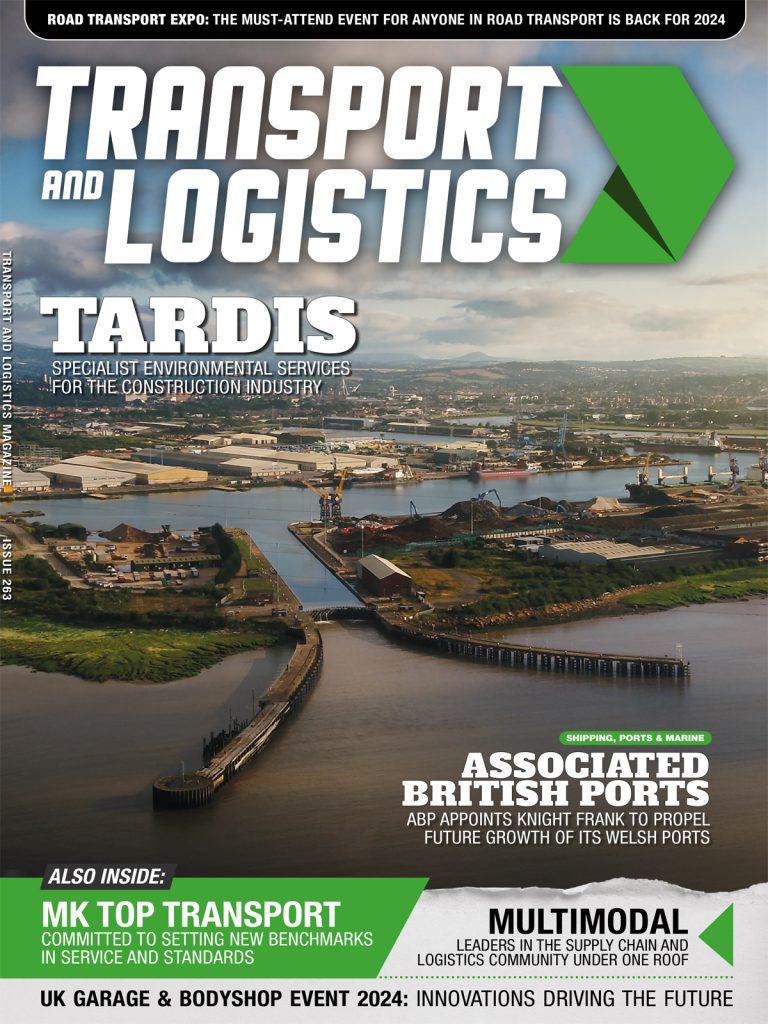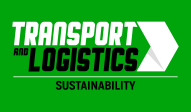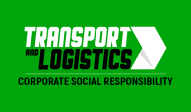Trucks are responsible for a disproportionate amount of greenhouse gases on the EU’s roads. In a study, trucks were found to have generated 22% of road transport CO2 emissions yet only accounted for less than 2% of the overall traffic on Europe’s roads.
Countering this imbalance, the EU’s first-ever emissions performance standards for trucks have called for a 15% reduction in CO2 by 2025, and a 30% reduction by 2030 to reduce the dependency on fossil-fuelled transport.
While not on the same adoption trajectory as electric cars or e-buses, technological advancements in haulage vehicles and active innovations in the charging infrastructure are expected to close the gap between electric trucks (eTrucks), electric cars and e-bus adoptions.
“Electric truck charging installations face similar, if not, many of the same operational challenges as e-Bus environments, which have taught us much about the electrification of transport. These learnings have translated into invaluable insights about the use of optimum charging strategies, efficient grid management and workable financial models,” noted Bernard Magee, Director, Electric Vehicle Charging, Siemens.
As major OEMs introduce more eTrucks into the global marketplace, fleet operators will determine the charging approaches for each use case and weight class i.e. light commercial vehicles, medium and large inner-city vehicles, heavy-duty intercity transports or specialised applications such as electric refuse collection trucks.
Technological and economic factors govern whether slower low-power AC or faster high-power DC charging will be adopted. “It’s all about managing the vehicle power demand as efficiently as possible and perfecting a balance that minimises the level of power drawn from the grid,” explained Magee. High-power DC charging is more commonplace in fast turnaround use cases where 2-3 hours recharging is needed to get vehicles back on the roads. There will be a healthy mix of these two approaches with specific implementation being dictated by fleet operational requirements. It should be emphasised that time and effort should be afforded to the development of an efficient charging strategy considering the fleet operation and vehicle characteristics.
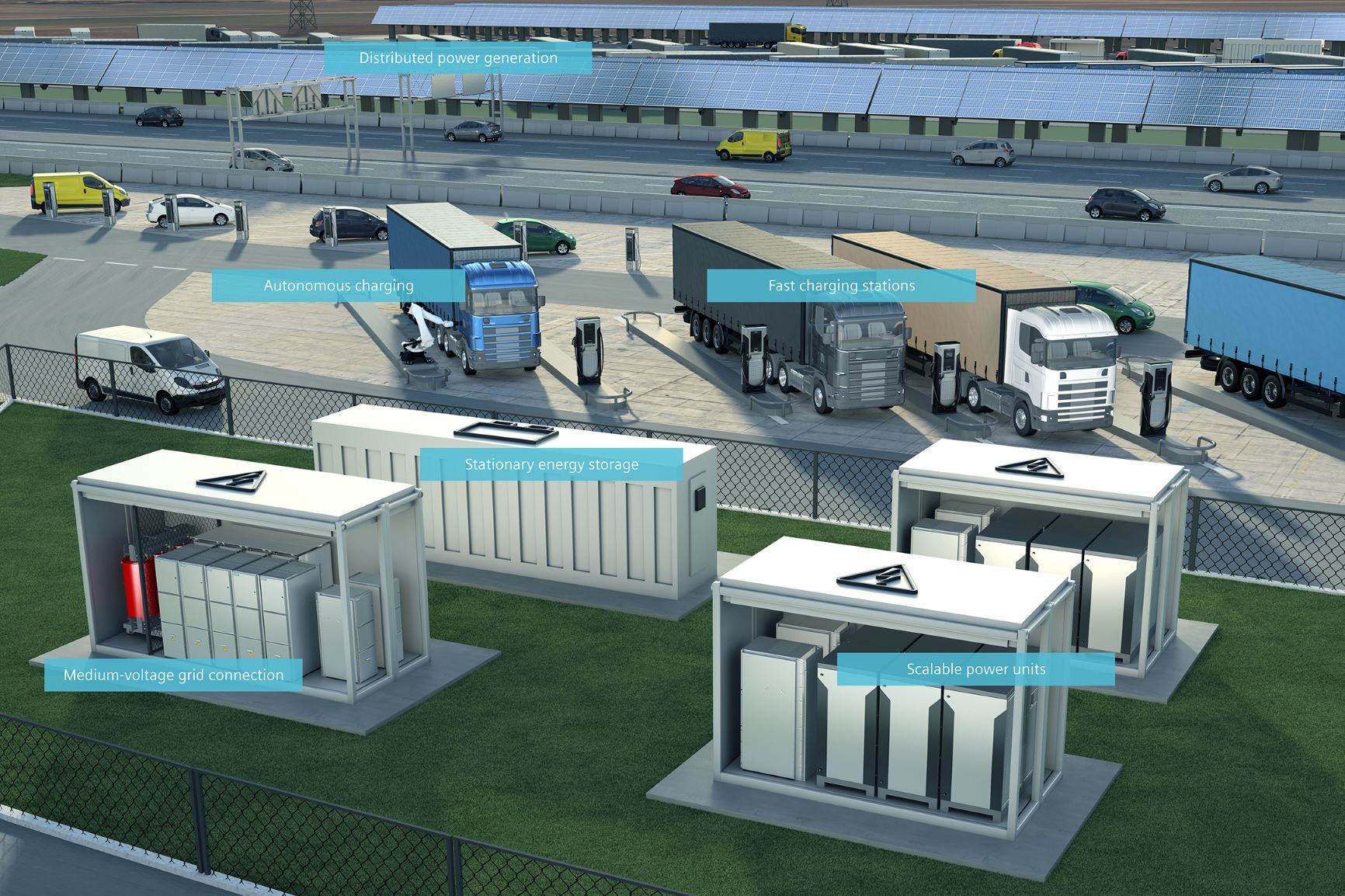
Magee: “In scenarios where eTrucks such as refuse collection trucks have to work from a predictable schedule: early morning start; return to the depot by the afternoon; restart the following morning. The end of a ‘shift’ provides an ideal opportunity for recharging back at base. Similarly, light commercial vehicles and medium-duty inner city vehicles are likely to have predetermined starts and ends to relatively short journeys where recharging can take place. Heavy-duty intercity transports may require a blend of en route and depot charging. Pantographs – retractable charging apparatus – more commonly deployed in Europe and US, could be deployed for rapid opportunity charging if appropriate, while a mix of cleaner fuel types could be used for covering greater distances.”
Depending upon the location and access to the grid, power infrastructure demands will vary in complexity and design across depots, distribution centres and public stations as the sites come on stream. City centre sites tend to be hampered by space and power limitations, and, on occasions, require innovative workarounds. Rural installations afford the freedom to experiment with grid ecosystems to better manage the flow of energy. Magee continued: “Electric fleets demand reliable and resilient power with 100% uptime. Power distribution systems may need to be upgraded on-site or consultation with Distribution Network Operators to add more power lines could all form part of the design process. Meeting this scope of challenge not only requires extensive power and grid technical knowledge but also experience in delivering reliable scalable high-performance solutions on time with limited disruptions-– of which Siemens is only one of a few world-class vendors proficient at the planning, implementation and operation of eMobility charging infrastructure strategies.”
Just as quickly as the vehicles and infrastructure have evolved, innovative financial instruments and partnerships are being devised in parallel to help fund the transformation projects, minimising the risks and spreading costs along the supply chain. Siemens Financial Services offers a range of financially sustainable funding models, which can address both the funding of EV charging infrastructure and the electric vehicles themselves. Taking away the initial upfront capital outlays can allow operators to cover repayments through the savings achieved thanks to reduced energy costs.
